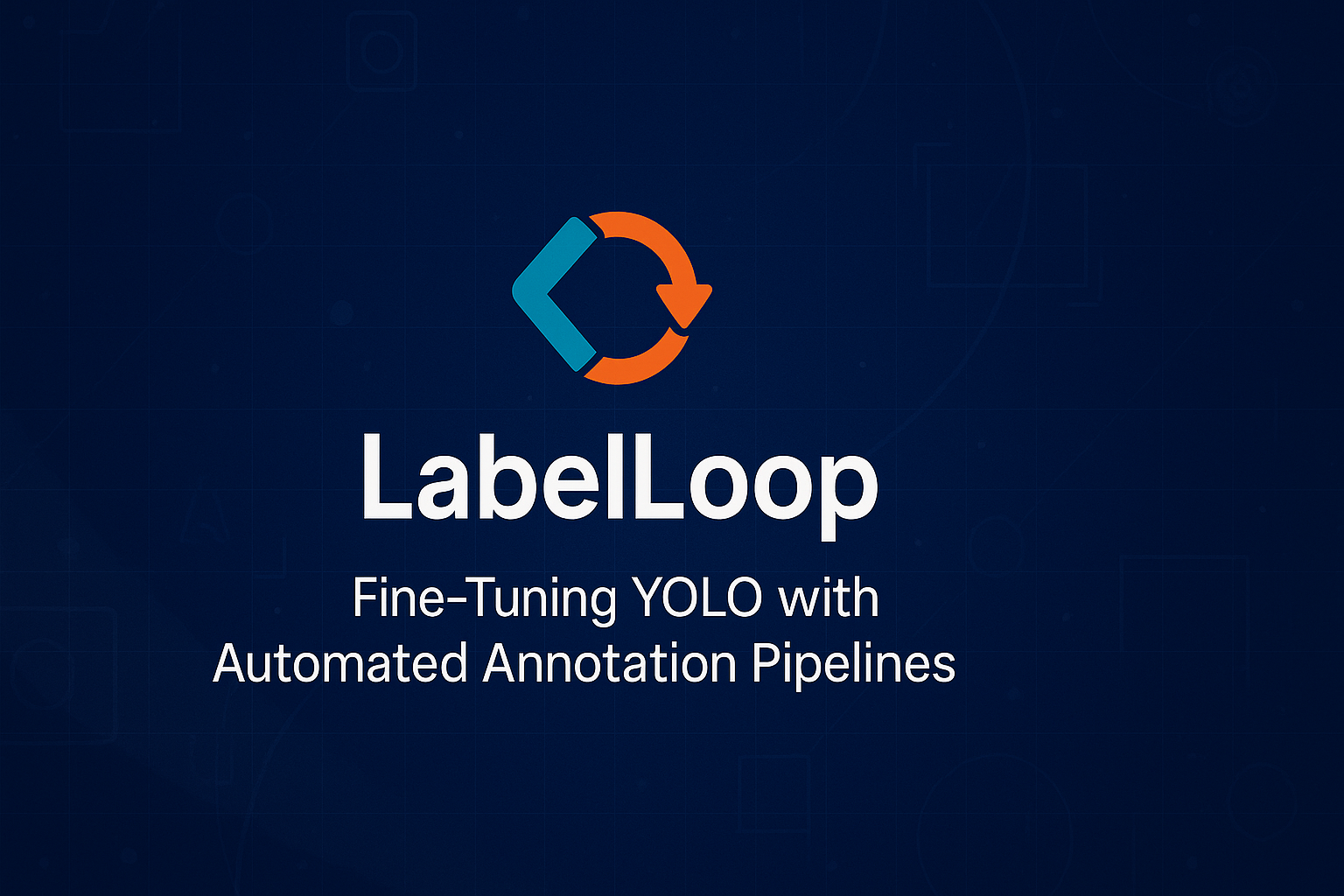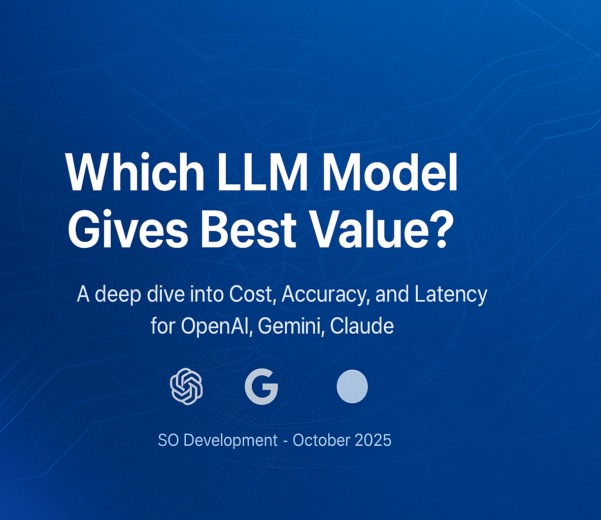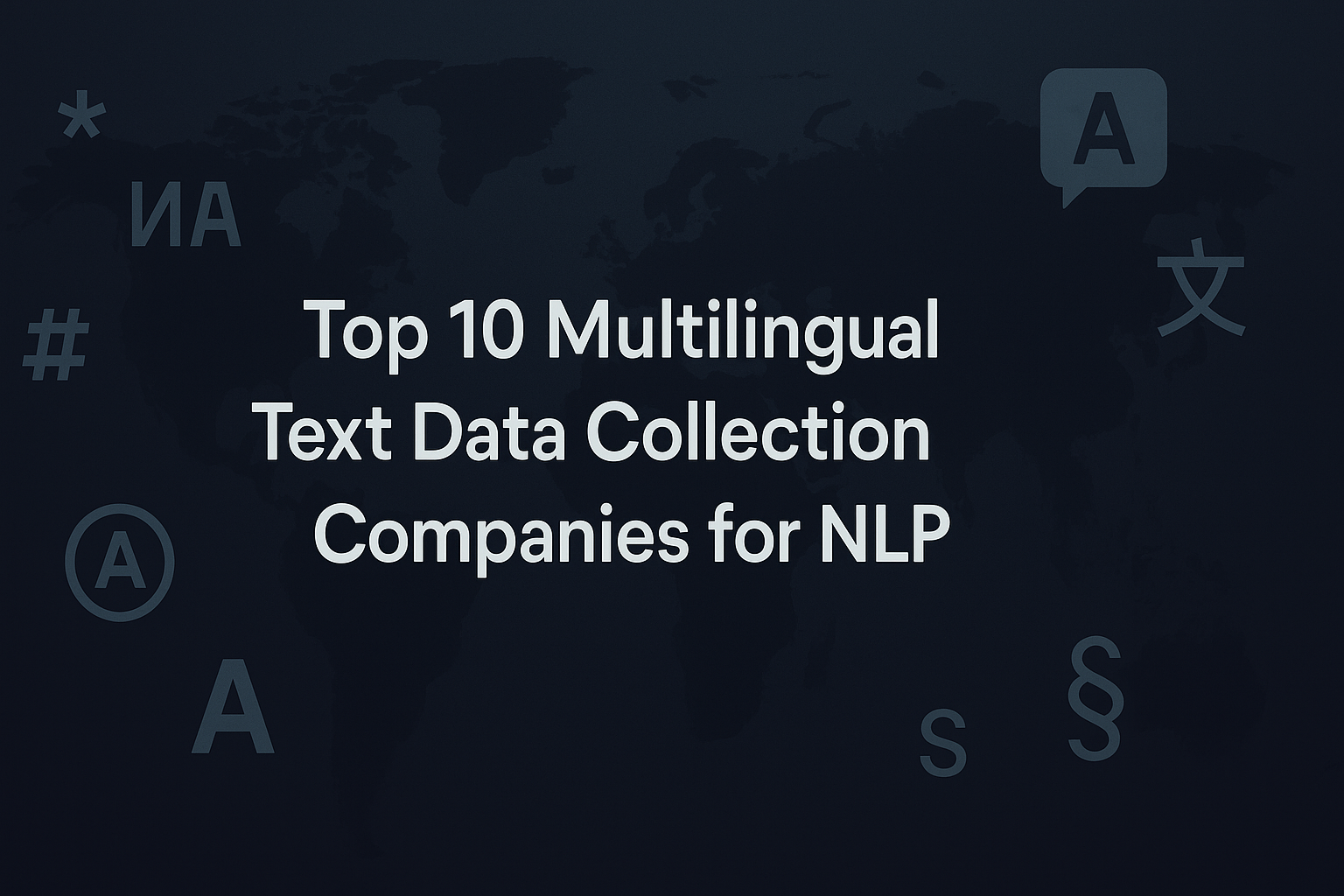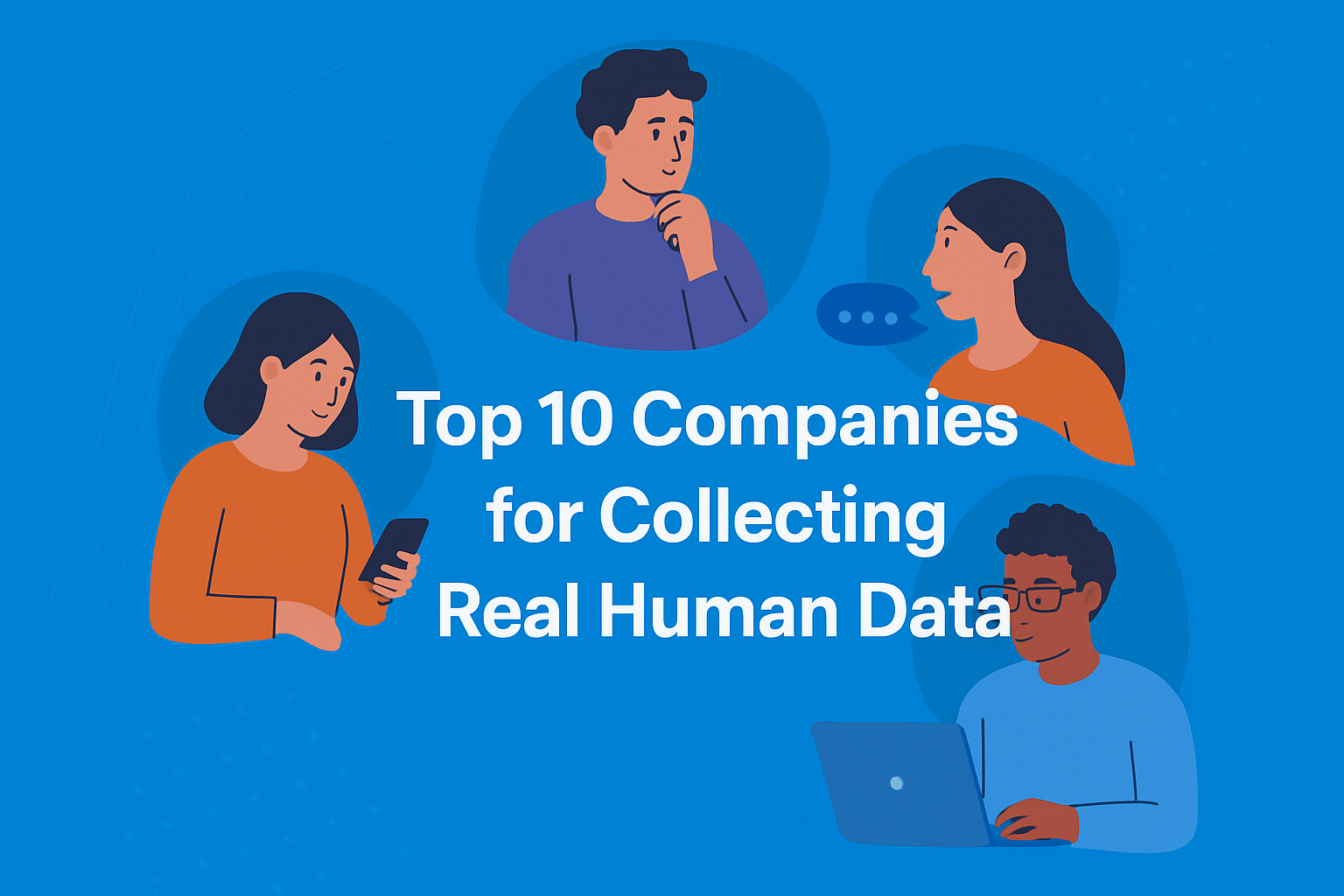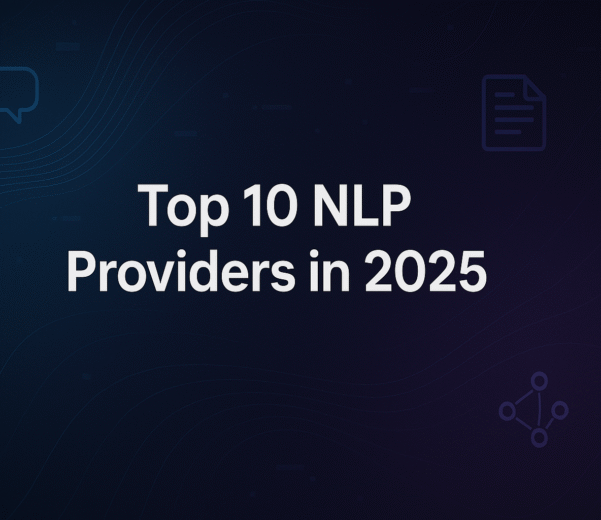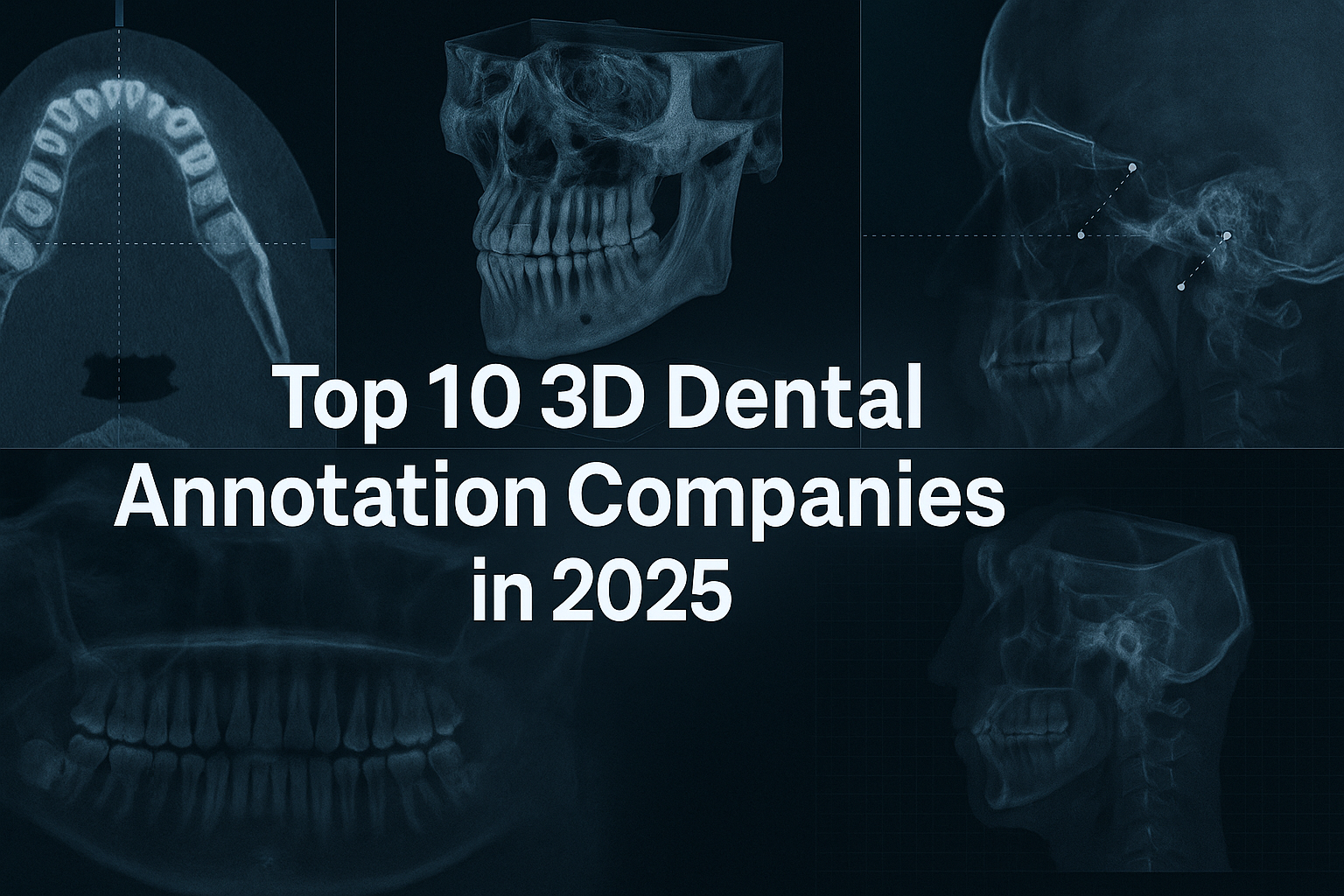Artificial Intelligence (AI) has revolutionized industries worldwide, driving innovation across healthcare, automotive, finance, retail, and many other sectors. At the core of every high-performing AI system lies data—more specifically, well-annotated data. Data annotation is the crucial process of labeling datasets to train machine learning (ML) models, ensuring that AI systems understand, interpret, and generalize information with precision.
AI models learn from data, but raw, unstructured data alone isn’t enough. Models need correctly labeled examples to identify patterns, understand relationships, and make accurate predictions. Whether it’s self-driving cars detecting pedestrians, chatbots processing natural language, or AI-powered medical diagnostics identifying diseases, data annotation plays a vital role in AI’s success.
As AI adoption expands, the demand for high-quality annotated datasets has surged. Poorly labeled or inconsistent datasets lead to unreliable models, resulting in inaccuracies and biased predictions. This blog explores the fundamental role of data annotation in AI, including its impact on model precision and generalization, key challenges, best practices, and future trends shaping the industry.
Understanding Data Annotation
What is Data Annotation?
Data annotation is the process of labeling raw data—whether it be images, text, audio, or video—to provide context that helps AI models learn patterns and make accurate predictions. This process is a critical component of supervised learning, where labeled data serves as the ground truth, enabling models to map inputs to outputs effectively.
For instance:
- In computer vision, image annotation helps AI models detect objects, classify images, and recognize faces.
- In natural language processing (NLP), text annotation enables models to understand sentiment, categorize entities, and extract key information.
- In autonomous vehicles, real-time video annotation allows AI to identify road signs, obstacles, and pedestrians.
Types of Data Annotation
Each AI use case requires a specific type of annotation. Below are some of the most common types across industries:
1. Image Annotation
- Bounding boxes: Drawn around objects to help AI detect and classify them (e.g., identifying cars, people, and animals in an image).
- Semantic segmentation: Labels every pixel in an image for precise classification (e.g., identifying roads, buildings, and sky in autonomous driving).
- Polygon annotation: Used for irregularly shaped objects, allowing more detailed classification (e.g., recognizing machinery parts in manufacturing).
- Keypoint annotation: Marks specific points in an image, useful for facial recognition and pose estimation.
- 3D point cloud annotation: Essential for LiDAR applications in self-driving cars and robotics.
- Instance segmentation: Distinguishes individual objects in a crowded scene (e.g., multiple pedestrians in a street).

2. Text Annotation
- Named Entity Recognition (NER): Identifies and classifies names, locations, organizations, and dates in text.
- Sentiment analysis: Determines the emotional tone of text (e.g., analyzing customer feedback).
- Part-of-speech tagging: Assigns grammatical categories to words (e.g., noun, verb, adjective).
- Text classification: Categorizes text into predefined groups (e.g., spam detection in emails).
- Intent recognition: Helps virtual assistants understand user queries (e.g., detecting whether a request is for booking a hotel or asking for weather updates).
- Text summarization: Extracts key points from long documents to improve readability.

3. Audio Annotation
- Speech-to-text transcription: Converts spoken words into written text for speech recognition models.
- Speaker diarization: Identifies different speakers in an audio recording (e.g., differentiating voices in a meeting).
- Emotion tagging: Recognizes emotions in voice patterns (e.g., detecting frustration in customer service calls).
- Phonetic segmentation: Breaks down speech into phonemes to improve pronunciation models.
- Noise classification: Filters out background noise for cleaner audio processing.
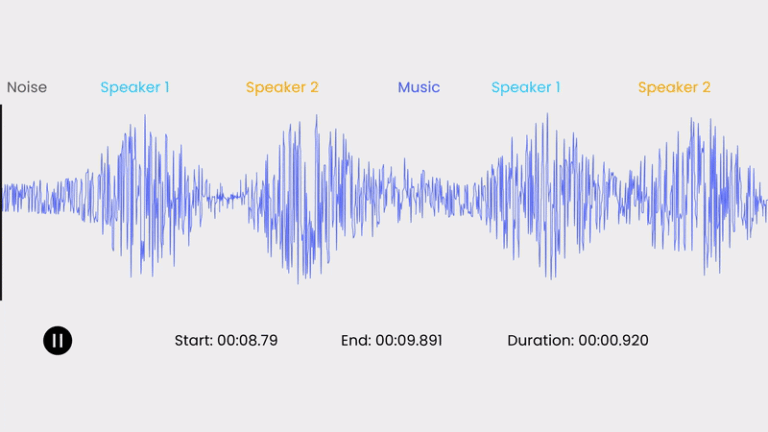
4. Video Annotation
- Object tracking: Tracks moving objects across frames (e.g., people in security footage).
- Action recognition: Identifies human actions in videos (e.g., detecting a person running or falling).
- Event labeling: Tags key events for analysis (e.g., detecting a goal in a soccer match).
- Frame-by-frame annotation: Provides a detailed breakdown of motion sequences.
- Multi-object tracking: Crucial for applications like autonomous driving and crowd monitoring.

Why Data Annotation is Essential for AI Model Precision
Enhancing Model Accuracy
Data annotation ensures that AI models learn from correctly labeled examples, allowing them to generalize and make precise predictions. Inaccurate annotations can mislead the model, resulting in poor performance. For example:
- In healthcare, an AI model misidentifying a benign mole as malignant can cause unnecessary panic.
- In finance, misclassified transactions can trigger false fraud alerts.
- In retail, incorrect product recommendations can reduce customer engagement.
Reducing Bias in AI Systems
Bias in AI arises when datasets lack diversity or contain misrepresentations. High-quality data annotation helps mitigate this by ensuring datasets are balanced across different demographic groups, languages, and scenarios.
For instance, facial recognition AI trained on predominantly lighter-skinned individuals may perform poorly on darker-skinned individuals. Proper annotation with diverse data helps create fairer models.
Improving Model Interpretability
A well-annotated dataset allows AI models to recognize patterns effectively, leading to better interpretability and transparency. This is particularly crucial in industries where AI-driven decisions impact lives, such as:
- Healthcare: Diagnosing diseases from medical images.
- Finance: Detecting fraud and making investment recommendations.
- Legal: Automating document analysis while ensuring compliance.
Enabling Real-Time AI Applications
AI models in self-driving cars, security surveillance, and predictive maintenance must make split-second decisions. Accurate, real-time annotations allow AI systems to adapt to evolving environments.
For example, Tesla’s self-driving AI relies on continuously labeled data from millions of vehicles worldwide to improve its precision and safety.
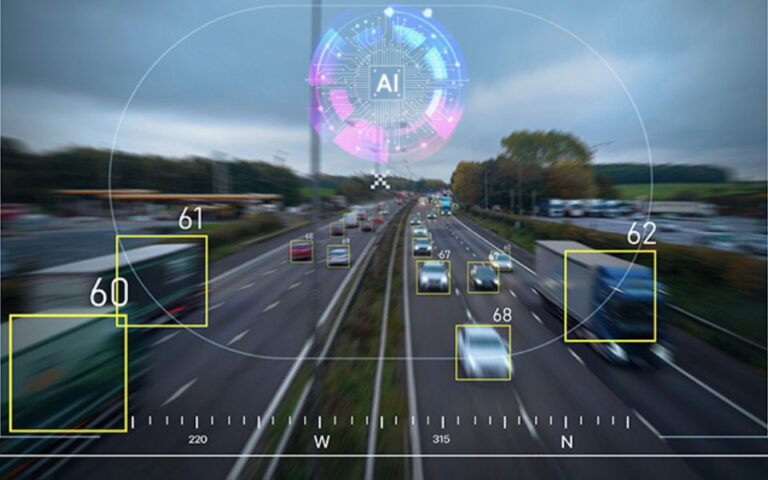
The Role of Data Annotation in Model Generalization
Ensuring Robustness Across Diverse Datasets
A well-annotated dataset prepares AI models to perform well in varied environments. For instance:
- A medical AI trained only on adult CT scans may fail when diagnosing pediatric cases.
- A chatbot trained on formal business conversations might struggle with informal slang.
Generalization ensures that AI models perform reliably across different domains.
Domain Adaptation & Transfer Learning
Annotated datasets help AI models transfer knowledge from one domain to another. For example:
- An AI model trained to detect road signs in the U.S. can be fine-tuned to work in Europe with additional annotations.
- A medical NLP model trained in English can be adapted for Arabic with the right labeled data.
Handling Edge Cases
AI models often fail in rare or unexpected situations. Proper annotation ensures edge cases are accounted for. For example:
- A self-driving car must recognize both common and unusual road signs.
- An AI-powered resume screener should handle unique job titles without discarding qualified candidates.
Facilitating Human-in-the-Loop Learning
Human-in-the-loop (HITL) annotation integrates human feedback into AI training, continuously refining the model’s understanding. This method is particularly useful in:
- Chatbot development for improving conversational accuracy.
- Fraud detection models that require expert verification.
Challenges in Data Annotation
Scalability Issues
Annotating massive datasets manually is time-consuming. Companies must optimize workflows using AI-assisted annotation tools.
Subjectivity & Consistency
Interpretation of data can vary among annotators. Establishing clear guidelines and quality control mechanisms helps maintain consistency.
High Costs
High-quality annotation requires skilled human annotators, increasing costs. Crowdsourcing and AI-powered tools help reduce expenses.
Data Privacy & Security Concerns
Handling sensitive data requires compliance with regulations like GDPR and HIPAA to protect user privacy.
Conclusion
Data annotation is the backbone of AI model precision and generalization. As AI continues to evolve, the demand for accurate, scalable, and unbiased data annotation will grow. Investing in high-quality labeled data ensures AI models perform reliably across industries, driving the future of innovation.




